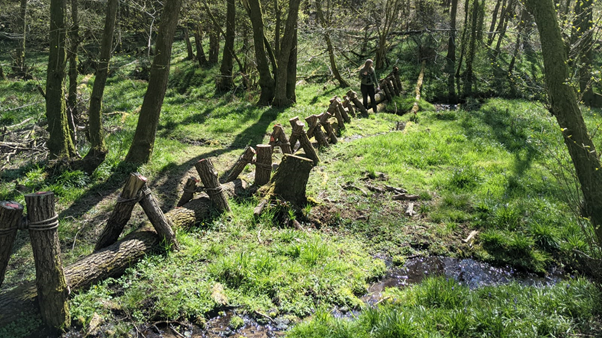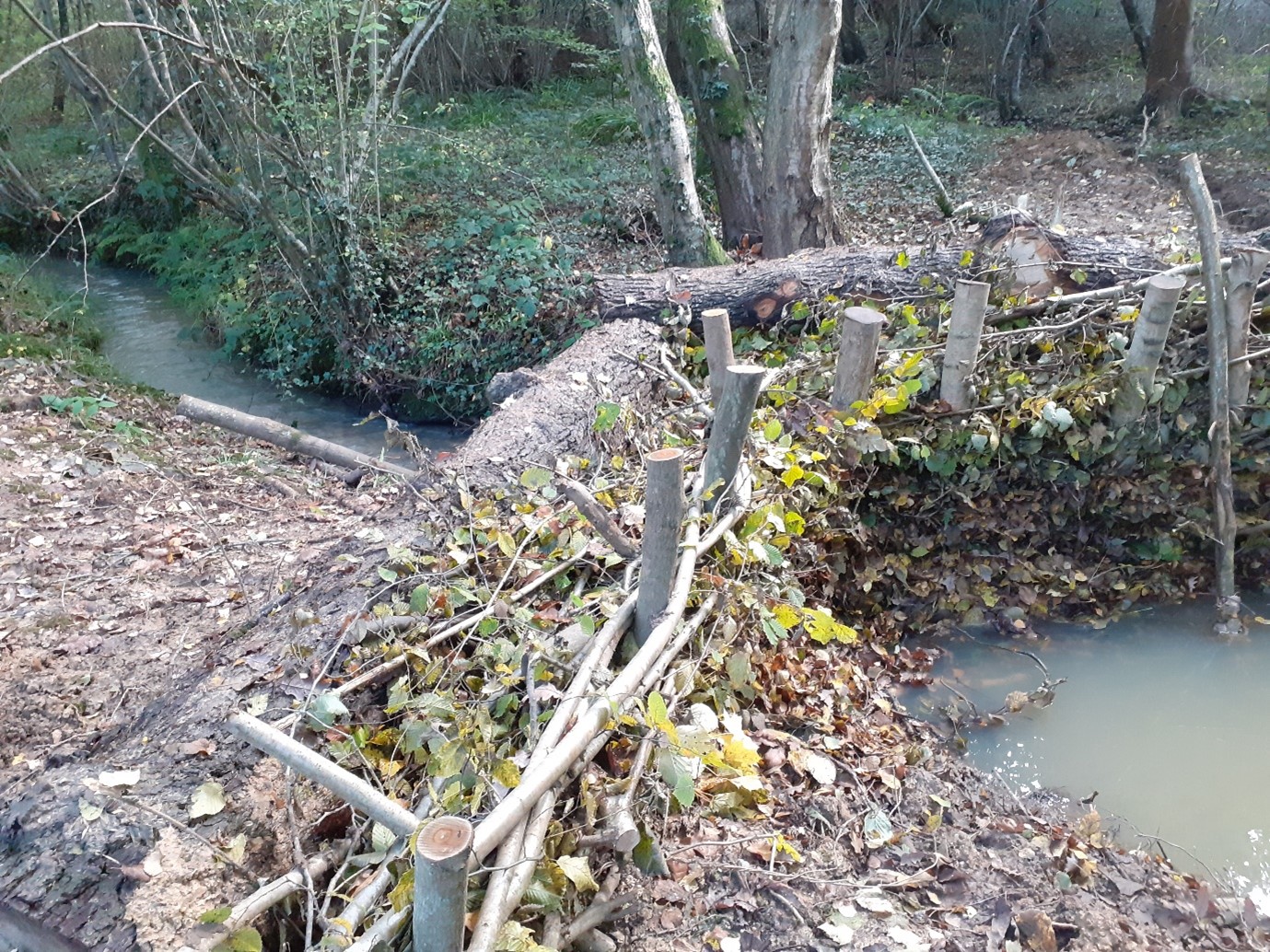These areas of woodland hold notable populations of some of the UK’s birds of conservation concern along with rare and threatened species associated with these varied habitats, much of which is designated for their biodiversity.
RSPB recognises that FSC sets out a range of requirements for certificate holders to maintain and/or enhance the high conservation values of their woodlands in requirements under Principle 9 of FSC’s Principles and Criteria (see FSC UK’s accompanying article exploring the relevance of Principle 9 in the UK context).
These requirements provide a foundation for RSPB’s management planning. “However, in line with the RSPB’s core conservation objectives our approach is to go beyond these requirements and demonstrate a higher level of sustainable woodland management to address the nature and climate emergency”, explains Jon Haw, UKWAS Group Scheme Manager for RSPB.
The key aims for RSPB woodlands are to:
- Restore and maintain diverse habitats for the wide range of biodiversity that uses them for all or part of their annual life cycles.
- Achieve favourable condition of designated features (SSSI, SAC).
- Maintain and enhance populations of the key species at each site and across the reserves network.
- Seek to buffer and increase the woodland area to meet the Lawton Principles of larger, well connected, ecologically functional areas and mitigate the effects of climate change.
- Conduct appropriate monitoring and research to understand population trends, habitat structure, and responses to management.
- Connect the public with our woodland, increasing their appreciation and interest of the wonderful variety of habitats and species, and understanding of the issues facing woodland wildlife.
- Demonstrate good conservation practice to private landowners, conservation NGO’s, statutory agencies, local and national government. In doing so encourage them to think more about wildlife in their woodland management and for decision makers to recognise the importance of woodland biodiversity and strengthen grant schemes, policies, and legislation.

An example of how RSPB is delivering Principle 9 can be seen at the RSPB’s nature reserve at Blean Woods. Located between Canterbury and the North Kent coast, Blean Woods stands as one of England’s largest and most ecologically important woodland complexes. It is a stronghold for specialist woodland birds that are under threat and holds the largest population of one of the UK’s rarest butterflies, the heath fritillary.
The RSPB is embarking on an ambitious landscape-scale project to restore habitats and boost biodiversity in a landscape that is increasingly impacted by the effects of climate change. Through a programme of restoration and practical conservation measures, that will involve the surrounding communities, the project will build climate change resilience into the site and a neighbouring freshwater grazing marsh, creating sustainable habitats for a range of wildlife and beautiful places for people to visit.

In Southern England we are already experiencing increasingly dry and warmer summers and, as a result of climate change these conditions are expected to increase. The installation of drainage ditches and channels in the Blean has, over time, further contributed to the drying out of the woodland floor and this is having a significant impact on the wet micro-habitats within the wood. The reduction of these habitats leads to a reduction in insects, an issue that is undoubtedly contributing to the significant declines in woodland bird species seen in recent years.
The Blean Woods re-wetting project will deliver hydrological infrastructure, seeking to reduce the loss of water and create better, wetter habitats for woodland specialist breeding birds and invertebrates. The project will also include community volunteering to increase local engagement with the development of the site, a bog restoration project and the introduction of grazing as a management tool. By actively adjusting forest management now, restoring wet features and introducing grazing to create open glades, habitats will be created that are resilient to climate change and that will support and nurture woodland bird populations.
This article is adapted from a project briefing which can be downloaded below.
This project is being delivered in collaboration with Kent Wildlife Trust and Canterbury City Council and is funded by Defra’s Green Recovery Challenge Fund. More information on the project can be found here.

